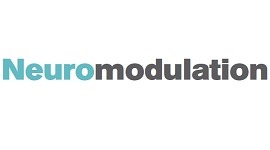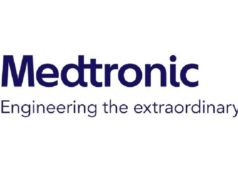 A multicentre, double-blind, randomised and placebo-controlled crossover trial has found that patients with complex regional pain syndrome (CRPS) show preference for different spinal cord stimulation (SCS) waveforms and therefore the future of neuromodulation should aim to implement customised individual patient care by incorporating all stimulation options in one device.
A multicentre, double-blind, randomised and placebo-controlled crossover trial has found that patients with complex regional pain syndrome (CRPS) show preference for different spinal cord stimulation (SCS) waveforms and therefore the future of neuromodulation should aim to implement customised individual patient care by incorporating all stimulation options in one device.
Reporting in the European Journal of Pain, Nadia Kriek from the Center for Pain Medicine, Erasmus MC – University Medical Center Rotterdam, Netherlands, and colleagues sought to investigate whether more effective pain reduction is achieved with different frequencies.
Conventional tonic spinal cord stimulation has been proven as an effective treatment for patients with therapy-resistant CRPS. Although the therapeutic effect of SCS can diminish over time due to tolerance, pain control can be regained by changing the pulse width and the amplitude and/or by increasing the stimulation frequency, the authors write.
In the study, patients were given standard 40, 500, 1200Hz, burst and placebo stimulation. All five were programmed in random order during the 10-week crossover period (two weeks/setting). The primary outcome parameters were scores on the visual analogue scale (VAS), McGill Pain Questionnaire (MPQ) and the Global Perceived Effect (GPE); at the end of the crossover period, patients decided which SCS setting they preferred. A linear mixed models analysis was performed in 29 patients who completed the crossover trial.
Kriek et al report, “Significant pain reduction and GPE satisfaction was achieved with four SCS settings compared with placebo stimulation, and these four settings did not differ significantly from each other. Standard stimulation was preferred by 48% of the patients, while 52% preferred non-standard stimulation. Other than pain reduction, factors such as user-friendliness, comfort and recharging time may have influenced the patient’s final decision for the preferred stimulation setting.”
The main finding in the study was that CRPS patients, for various reasons, have a preference for different SCS frequencies and waveforms, and therefore, in the future customised individual patient care should be implemented by incorporating all stimulation options in one device.
“This study demonstrates that standard frequency SCS is an effective therapy for patients with CRPS. However, it also demonstrates that patients can often gain better pain reduction with non-standard frequencies of SCS. Furthermore, it shows that the preferred stimulation setting is not solely driven by the amount of pain reduction, but is also influenced by which stimulation setting feels most comfortable and provides the best user-friendliness. Therefore, we strive to maximise the therapeutic effects of SCS in as many patients as possible. This can be achieved with customised individual patient care by incorporating the various frequencies and waveforms into one single device,” Kriek et al conclude.
This investigator-initiated study was supported by a grant from St Jude Medical. The design, performance, analysis and submission of this trial were independently performed by the research group.













